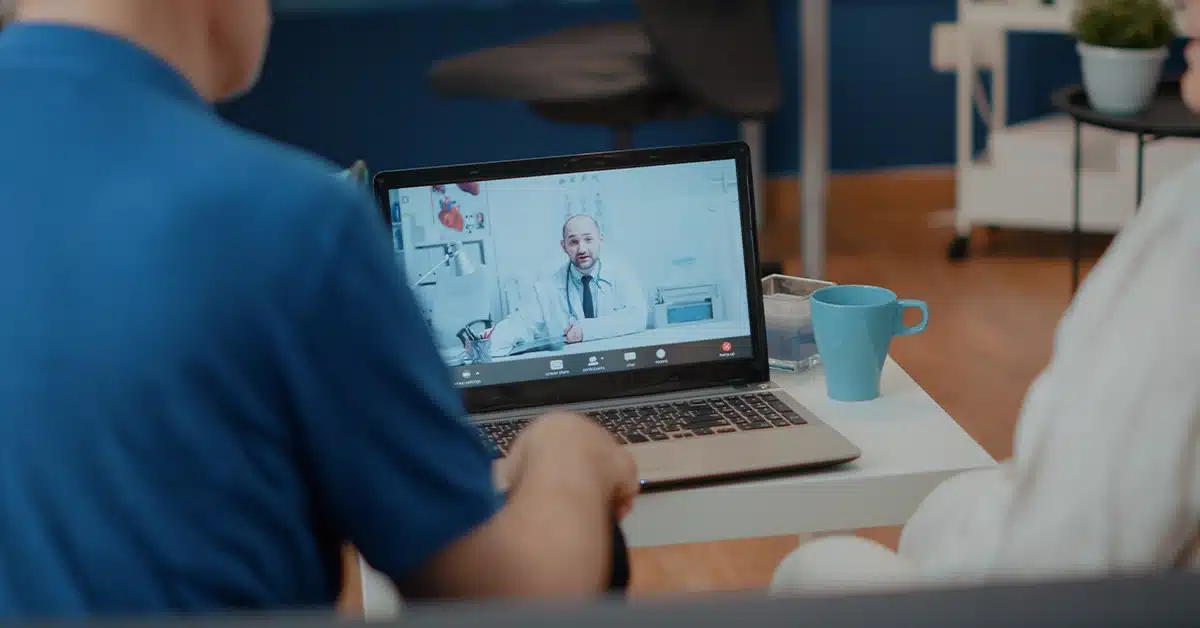Introduction to Virtual Medical Assistants
Virtual Medical Assistants (VMAs) have become a major innovation in healthcare, combining technology with medical support to improve patient care and reduce administrative workloads. These assistants can function as AI-powered software tools or as remote healthcare professionals who handle both clerical and clinical responsibilities. The use of VMAs is expanding, especially as telemedicine continues to grow and healthcare facilities look for better ways to manage operations.
The COVID-19 pandemic forced healthcare systems worldwide to adapt to new operational models. The introduction of VMAs proved to be an effective strategy for maintaining patient care, reducing the strain on medical professionals, and improving accessibility. This shift has paved the way for their continued adoption in a variety of healthcare settings.
Key Features of Virtual Medical Assistants
1. Automating Routine Administrative Tasks
One of the primary advantages of VMAs is their ability to manage repetitive administrative duties. Software such as Nuance DAX and Suki AI use voice recognition to transcribe medical notes, while platforms like Zocdoc simplify appointment scheduling, reducing missed visits by over 30%.
2. Improving Communication and Patient Support
VMAs can send automated reminders for upcoming medical visits, provide essential health information, and facilitate smoother interactions between patients and medical staff. For example, Amwell employs AI assistants to assess patient symptoms before video consultations, helping physicians make faster and more informed decisions.
3. Managing Medical Documentation
Electronic Health Records (EHRs) are central to modern healthcare, and VMAs can make data entry and management more efficient. Systems such as Cerner and Epic Systems incorporate AI models to analyze medical records and automate data input, allowing physicians and medical staff to save hours of manual work each day.
4. Supporting Telemedicine and Diagnostics
With telemedicine gaining traction, VMAs are now essential in handling initial patient assessments. The Babylon Health app, for example, utilizes AI to evaluate symptoms and suggest possible next steps, helping to reduce unnecessary hospital visits by 40%.

Patient Advantages
VMAs significantly improve patient experience by offering 24/7 access to healthcare services, ensuring medical support regardless of time or location. This is especially beneficial for patients in remote areas or those with mobility challenges.
They also enhance personalized patient engagement by analyzing health data to provide tailored reminders for medications, lifestyle changes, and preventive screenings. This proactive approach keeps patients informed and engaged in their healthcare.
Additionally, VMAs streamline follow-ups, automatically scheduling appointments and reminders to prevent missed visits. Post-procedure monitoring and chronic disease management become more efficient, leading to improved patient outcomes.
By eliminating long waiting times and complex appointment scheduling, VMAs offer a more convenient healthcare experience, allowing patients to manage their health needs seamlessly from home.

Limitations of Virtual Medical Assistants
1. Data Privacy Issues
Since VMAs handle sensitive medical information, compliance with regulations such as HIPAA (United States) and GDPR (Europe) is critical. Recent security breaches in systems like Google Health highlight the importance of ensuring strong data protection measures.
2. Technological Limitations
Artificial intelligence systems occasionally struggle with context, leading to misinterpretations of symptoms or medical information. Ada Health provides correct recommendations approximately 75% of the time, indicating ongoing reliance on human oversight.
3. Resistance from Medical Staff
Some doctors and nurses remain skeptical about VMAs, concerned that reliance on these tools may add unnecessary complexity to workflows or reduce job opportunities. A study in the United Kingdom found that while 60% of healthcare professionals see VMAs as beneficial, they also express concerns about maintaining a personal connection with patients.

Technology of Virtual Medical Assistants
VMAs utilize artificial intelligence, machine learning, and natural language processing (NLP) to improve healthcare services. Artificial intelligence analyzes patient information, history, and symptoms, generating personalized recommendations and identifying health risks.
Machine learning assists VMAs in refining their responses through repeated interactions with patients, allowing continuous improvement and adaptation to patient needs.
Natural language processing facilitates smooth communication by enabling VMAs to understand context, medical terminology, and patient sentiment, ensuring meaningful patient conversations.
These combined technologies enhance patient outcomes and healthcare system productivity.

Integrating Virtual Medical Assistants in Healthcare Practices
To successfully implement VMAs in healthcare settings:
- Assess Your Needs – Identify whether you require VMAs for scheduling, documentation, or patient engagement.
- Ensure System Compatibility – Choose VMAs that integrate seamlessly with your existing EHR and practice management software.
- Train Your Staff – Provide proper training to help medical professionals effectively use VMA tools.
- Monitor and Optimize Performance – Gather feedback from staff and patients to continuously improve the system.
A well-integrated VMA can enhance workflow, improve patient satisfaction, and optimize healthcare delivery.
Future of Virtual Medical Assistants in Healthcare
The integration of VMAs in healthcare is expected to increase with advancements in artificial intelligence and machine learning. VMAs will further support telemedicine, manage real-time patient data, and provide predictive healthcare services.
Future developments will likely include improved telehealth options, increased accuracy in diagnostic assessments, and integration with wearable health-monitoring devices to detect patient vitals proactively.
The collective adoption of these technological advancements by healthcare providers and policymakers will help realize VMAs’ full potential in medical practice.

Conclusion
Virtual medical assistants (VMAs) are reshaping healthcare by improving operations and patient experiences. By handling routine tasks, they allow medical professionals to dedicate more time to direct care.
One of the key advantages of VMAs is their ability to provide round-the-clock support, ensuring patients receive timely assistance and reducing missed appointments. Their cost-effectiveness makes them a practical option for healthcare organizations managing expenses while maintaining service quality.
VMAs also help with administrative work such as scheduling and data management, improving communication between providers and patients. Platforms like Wishup make it easier for healthcare providers to find skilled VMAs suited to their needs. The increasing adoption of VMAs marks a shift in healthcare, offering better support for both patients and medical professionals.
To learn more about virtual assistants and their broader applications, read our article on What Is a Virtual Assistant and How Can They Help Your Business? For small business owners, don’t miss Top 10 Reasons to Hire a Virtual Assistant for Small Businesses in the USA, where we dive deeper into the advantages of integrating virtual assistance into your business operations.



